
Author: Russ Lord, Geologist/Geochemist
Extract from National Rock Garden Newsletter No. 22, December 2021
Breccias are central to many ore deposits in Australia and around the world. A breccia is a sedimentary rock formed from angular fragments of pre-existing minerals and rock, generally >2 mm in size, cemented together in a finer-grained matrix. The angular nature of the fragments indicates that they have not been transported very far from their source.
The most widely held interpretation is that ore deposits like Mt Isa and Broken Hill were formed by sediments depositing in grabens, a section of crust that lies between two faults that has lowered relative to the blocks on either side. We see this process happening today at Atlantis II in the Red Sea.
An outcropping mineralised breccia is shown below, up dip from the 1100 copper orebody in Mt Isa.
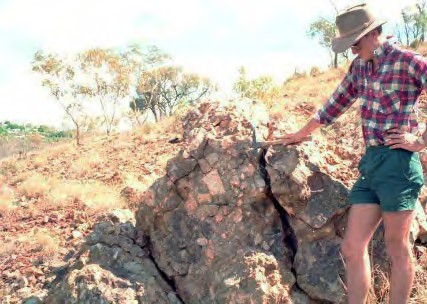
Underground these breccias and fracture zones look like the rocks in the next three pictures.
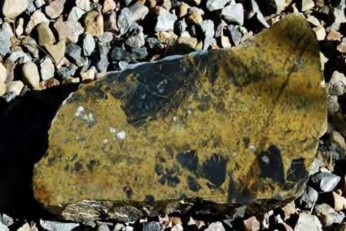
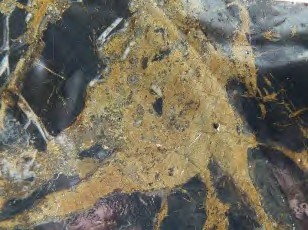
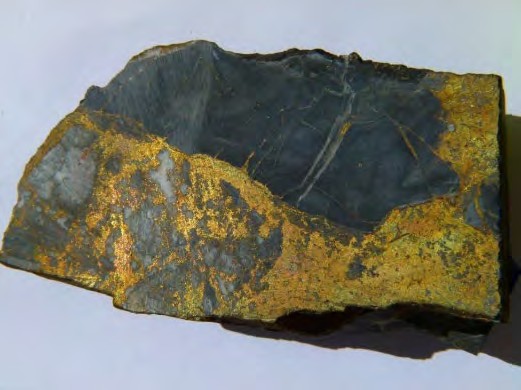
The cross section through the Mt Isa orebodies is very instructive (see next page). It shows the silica- dolomite breccia is widest adjacent to the Paroo-basement or Greenstone Fault, and it progressively thins away from that fault. Likewise the copper orebodies have best grades close to the fault and they decrease away from it. This is a feature not unique to Mt Isa. Other orebodies that demonstrate the same principle are Polaris (Zn) in Canada, Tsumeb (Cu) in Namibia, Carlin (Au) in Nevada, several deposits in east Tennessee (Zn) and several others in Ireland like Lisheen and Tynagh (Zn-Pb).
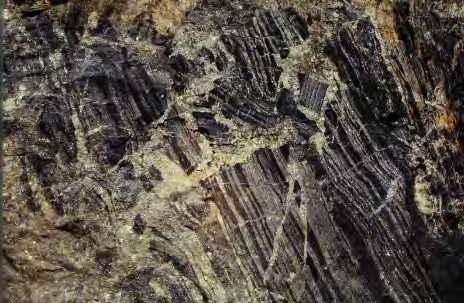
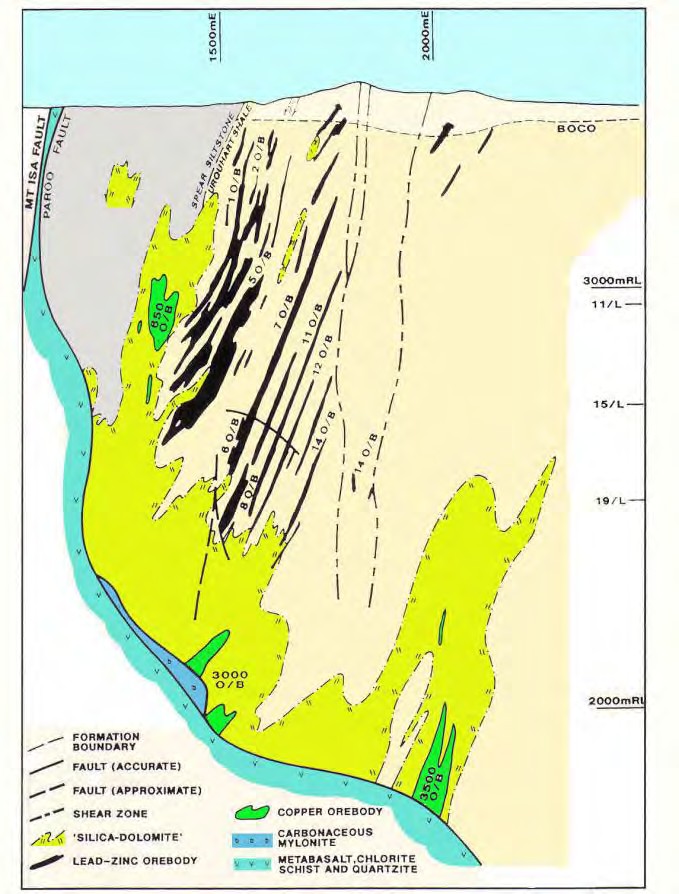
When galena and sphalerite are precipitated between two competent shale beds, and subsequent tectonics is applied with some heat, they behave like jam between two slices of bread. That is what has happened in the pictures below where one smaller black shale bed became macerated into this galena matrix breccia. Small black shale beds are broken into pieces, but bigger ones are more competent, and are simply folded.
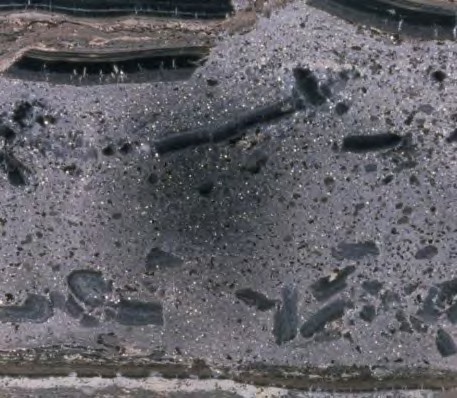
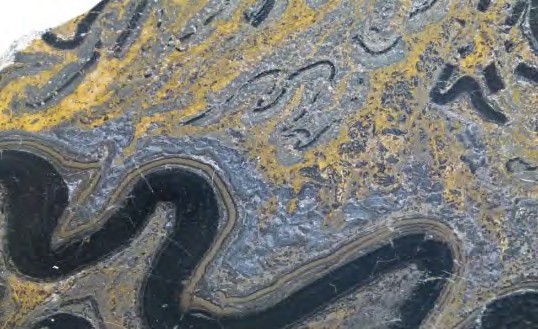
Oxidised copper minerals form breccias of a different sort, as illustrated in the breccia specimen below.
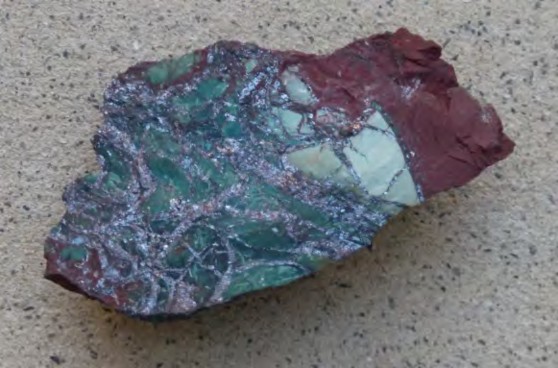
At Broken Hill, the lead-zinc minerals are generally banded in lenses, but they have been severely folded and highly metamorphosed in areas of complex faulting. In the North Mine, those sedimentary characteristics are destroyed, and breccias are the result. These faulted areas are perhaps analogous to the basement fault in the Mt Isa example.
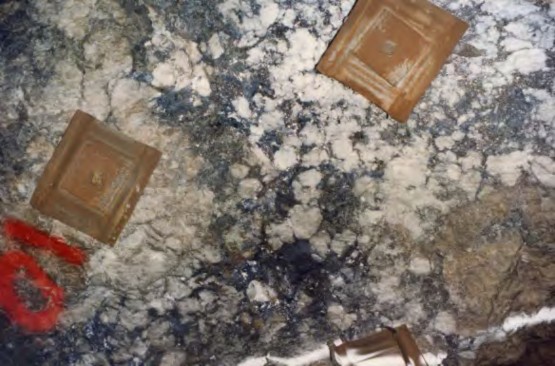
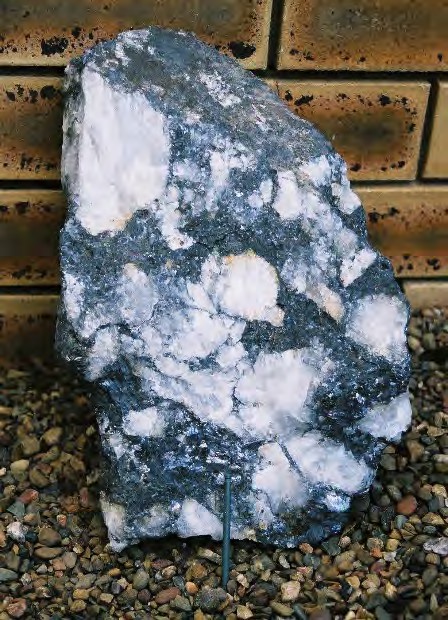
These two famous deposits at Mt Isa and Broken Hill are outstanding examples of major mineralised breccia zones in areas that were once grabens or spreading centres like the one we see today at Atlantis II in the Red Sea.


